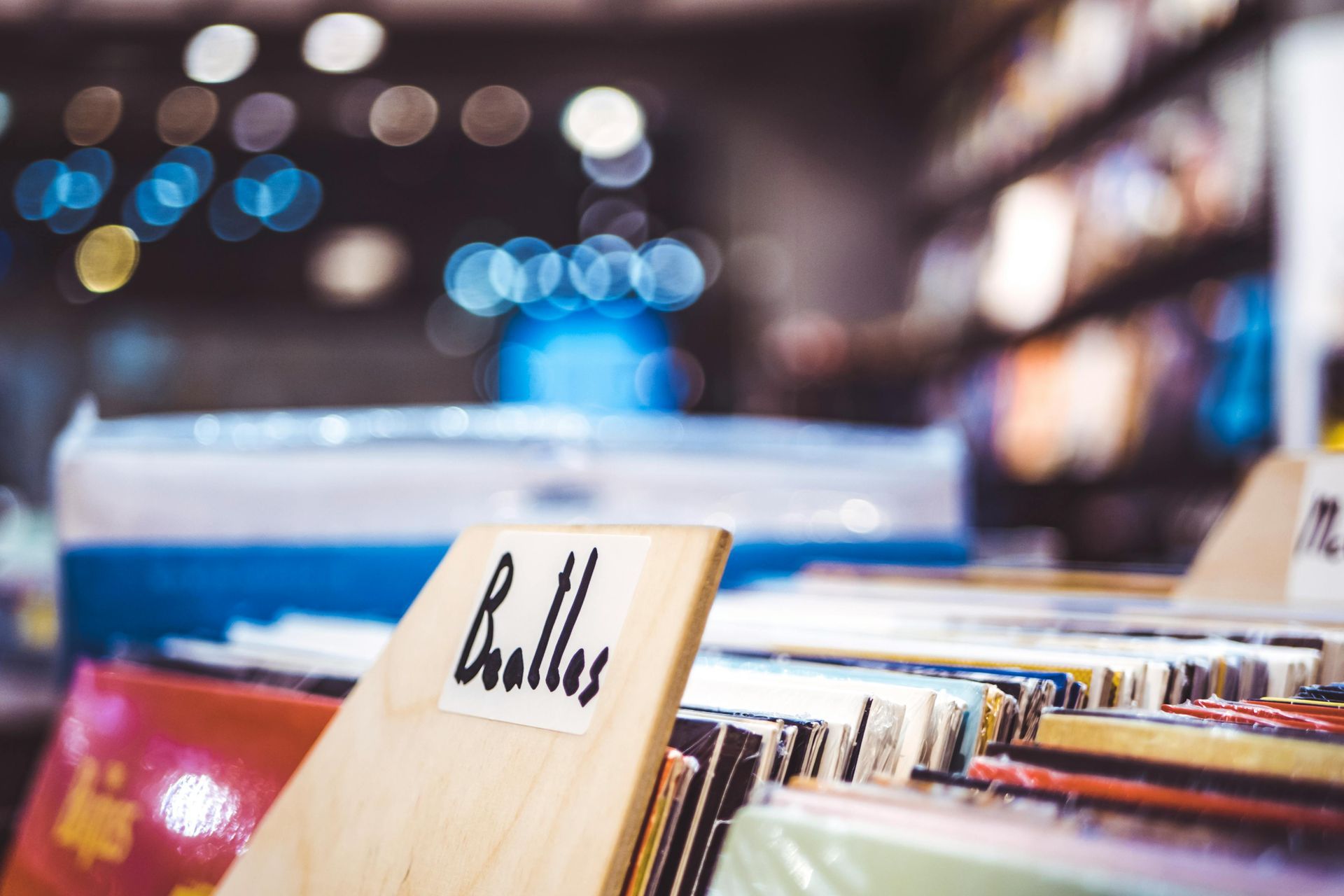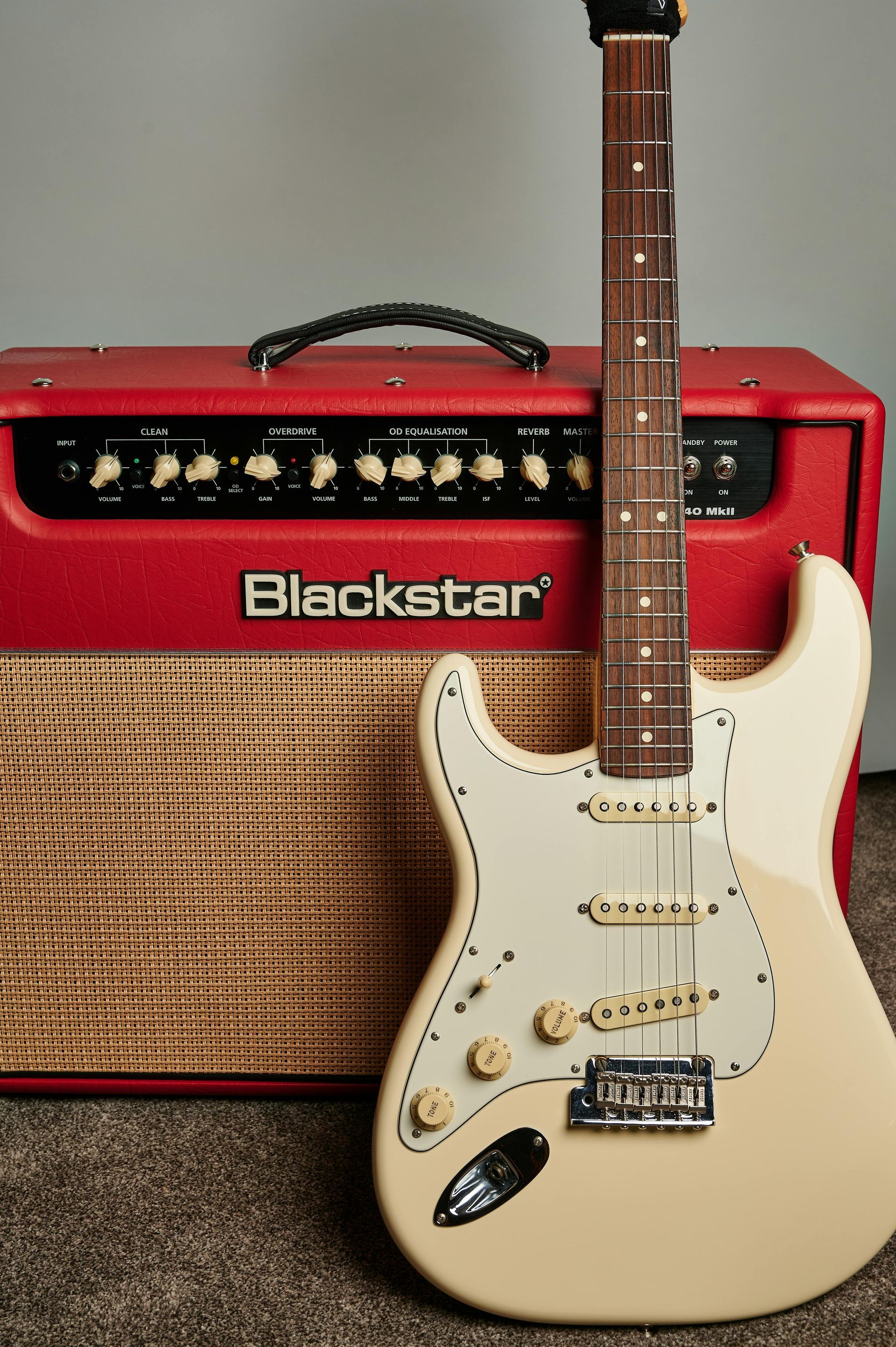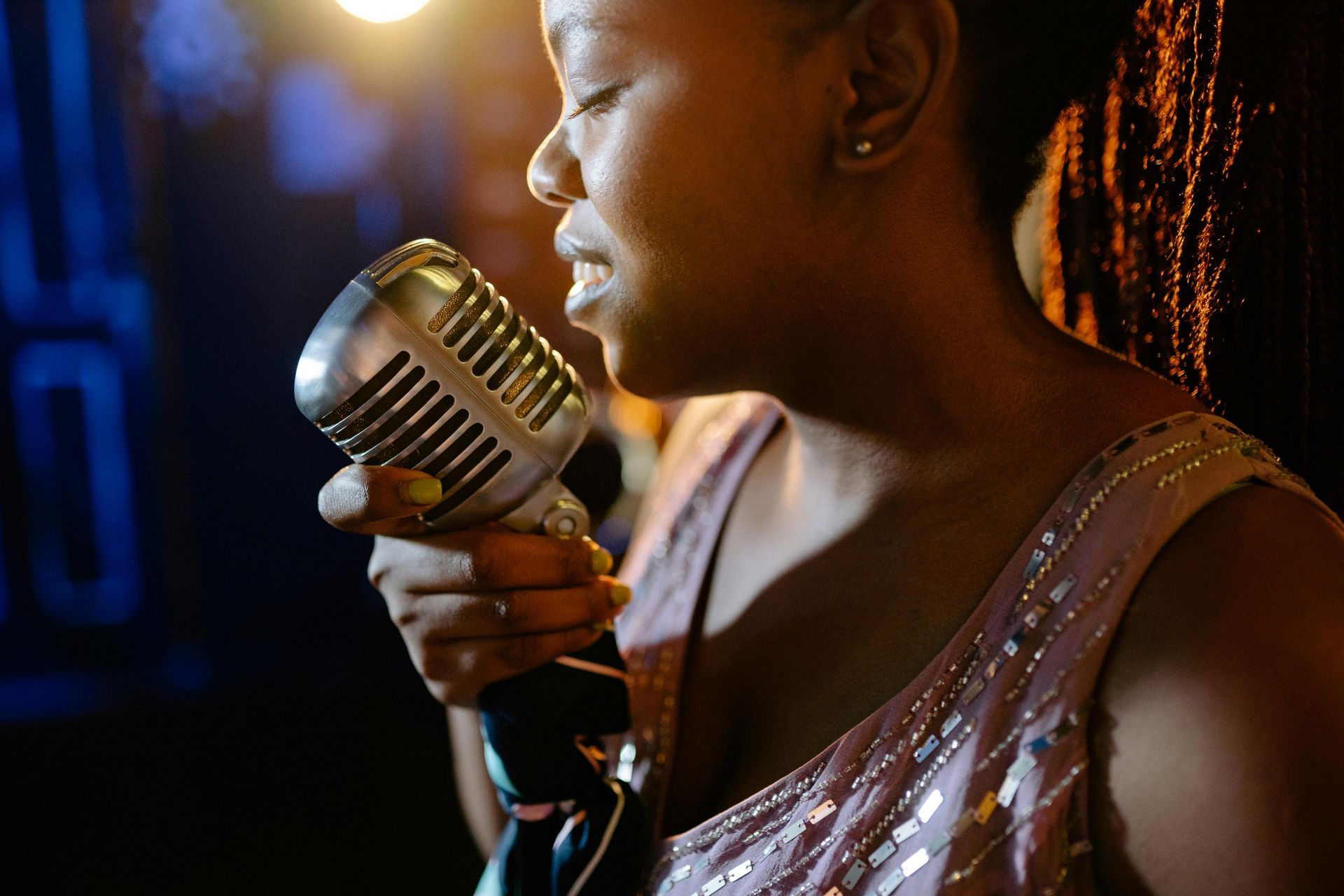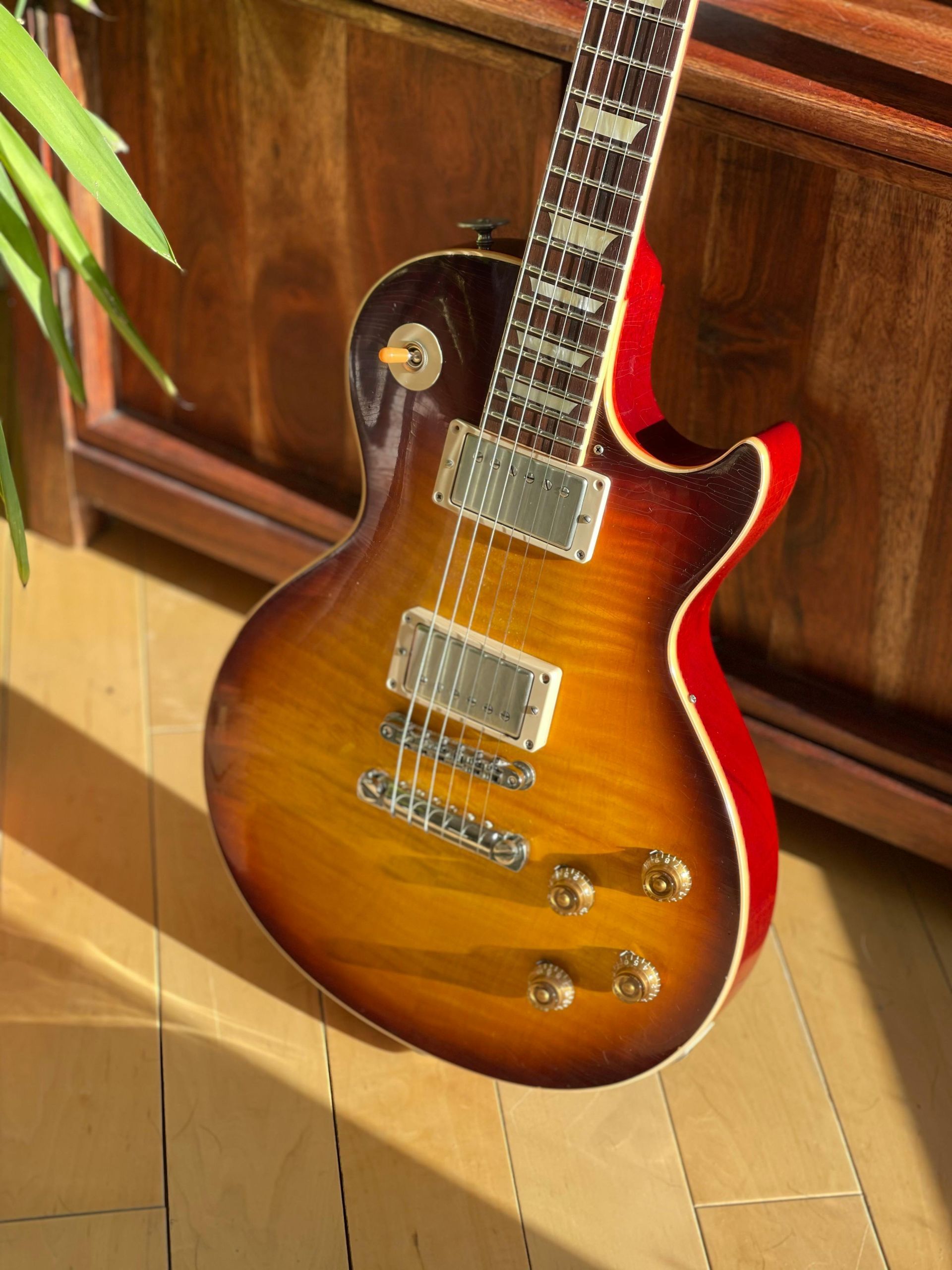Introduction to Learning to Play Acoustic Guitar
In a world of flamboyant rock stars, few guitars are as instantly recognisable as Rick Nielsen's "Quint" - the outrageous five-neck guitar that epitomises the Cheap Trick guitarist's quirky persona and innovative approach to showmanship…

Choosing Your First Guitar
Your first guitar doesn't need to be expensive, but it should be playable. A decent beginner acoustic typically costs between £150-£350.
Look for:
- A guitar that feels comfortable when you hold it
- Strings that aren't too high above the fretboard (called "action")
- A neck that's straight, not warped
Consider borrowing or renting a guitar for your first month to ensure you enjoy playing before investing.
Essential Accessories
Beyond the guitar itself, you'll need:
- A tuner (clip-on tuners are inexpensive and easy to use)
- A few picks of different thicknesses to find what you prefer
- A spare set of strings
- A guitar strap, even if you mainly play sitting down

Your First Steps
When starting out, focus on:..
- Holding the guitar properly. Good posture prevents pain and helps you play better
- Learning to tune your guitar. Playing an in-tune instrument is essential for developing your ear
- Mastering a few basic chords. G, C, D, and Em will allow you to play countless songs
- Developing a simple strumming pattern. Down, down-up, down, down-up is a good starting point

The Learning Curve
Everyone's learning journey is different, but here's a rough timeline:
- First few weeks: Your fingers will likely be sore as calluses develop. This is normal and temporary as long as you practice regularly.
- First month: You'll be able to play some simple chord progressions and perhaps a basic song or two.
- Three to six months: With regular practice, you'll change chords more smoothly and play several songs all the way through.

Effective Practice
Quality trumps quantity when it comes to practice:
- 15-20 minutes of focused practice daily is better than a two-hour session once a week
- Practice slowly and correctly rather than quickly with mistakes
- Always warm up with something you can play well before tackling challenges
- End each session by playing something you enjoy

Finding Help
While many begin with YouTube tutorials, consider getting some proper instruction:
- In-person teachers can provide immediate feedback on your technique
- Online courses offer structure that random tutorials often lack
- Group lessons can be both affordable and motivating
Even a few lessons at the beginning can help you avoid developing bad habits that are difficult to correct later.

Setting Realistic Expectations
Learning guitar takes time.
There will be frustrating plateaus and moments where progress seems slow. This is normal and happens to everyone.
Remember why you started. Playing guitar should bring joy, even during the learning process. If you find yourself getting frustrated, take a step back, play something you enjoy, or try a different approach.
Every guitarist you admire started exactly where you are now. With patience, persistence, and regular practice, you'll be making music that brings joy to yourself and others.











